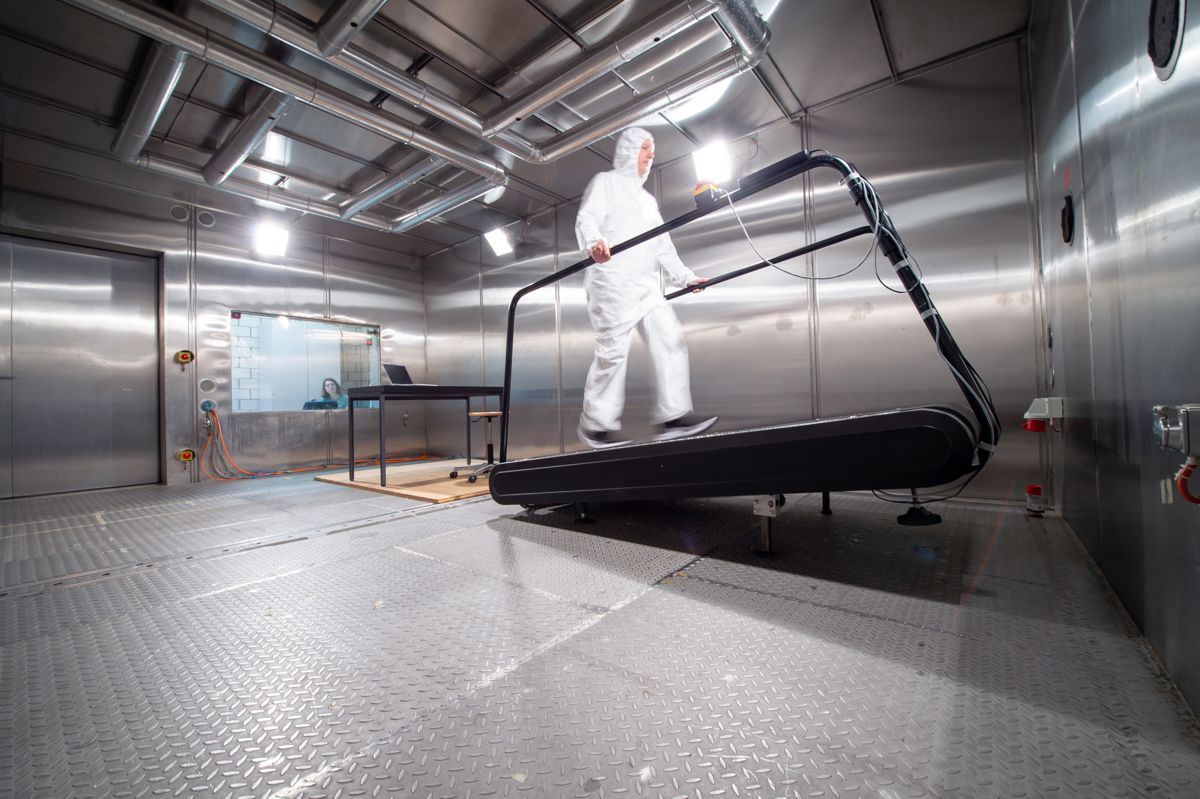The Future of Astrophotography with Flat Lens Technology
For centuries, the design of lenses has remained largely unchanged—curved glass or plastic bending light to bring images into focus.
While this method has served science and photography well, there’s a major tradeoff: the more powerful the lens, the bulkier and heavier it becomes. Traditional telescope optics follow this same principle, often requiring massive, curved mirrors to capture distant celestial objects. But what if lenses could be flat, ultra-lightweight, and just as effective?
A ground-breaking breakthrough from engineers at the University of Utah is shaking up the world of astrophotography. Professor Rajesh Menon and his team at the Price College of Engineering have developed a large-aperture flat lens that focuses light just as efficiently as traditional curved optics while preserving accurate colour.
This innovation, recently published in Applied Physics Letters, could change the game for space telescopes, aircraft imaging, and ground-based observatories alike.
Why Traditional Lenses Are a Weighty Problem
Anyone who’s ever used a magnifying glass understands how lenses work—light bends through curved surfaces to magnify objects. The thicker the lens, the stronger the magnification. For everyday cameras and small telescopes, lens thickness isn’t a dealbreaker. But when telescopes need to focus on galaxies millions of light-years away, the sheer size and weight of curved optics become a logistical nightmare.
Observatories and space-based telescopes have traditionally sidestepped this issue by using massive, curved mirrors instead of lenses. Mirrors achieve the same light-bending effect but can be made much thinner and lighter. While effective, the reliance on mirrors limits how telescopes are designed and deployed, particularly in space missions where every kilogram matters.
Scientists have long searched for alternative optical designs that cut down on weight while maintaining image fidelity. Some approaches, like Fresnel zone plates (FZPs), have aimed to replace traditional lenses with flat alternatives. These designs use concentric ridges to focus light but come with a major flaw—they don’t produce true colours. By diffracting different wavelengths at varying angles, they introduce chromatic aberrations, leading to distorted, inaccurate images.
A Game-Changer: The Flat Lens That Fixes Colour Distortions
Enter the pioneering research led by Rajesh Menon and his colleagues at the University of Utah. Their newly developed flat lens offers the same powerful light-focusing capabilities as traditional optics while avoiding the colour distortions associated with FZPs.
“Our computational techniques suggested we could design multi-level diffractive flat lenses with large apertures that could focus light across the visible spectrum, and we have the resources in the Utah Nanofab to actually make them,” said Menon, who directs the university’s Laboratory for Optical Nanotechnologies.
The team’s key innovation lies in the precise microstructures etched onto the lens substrate. Unlike the ridges in FZPs, which are optimised for a single wavelength, the Utah team’s lens features microscopic concentric rings that diffract light in a way that keeps all wavelengths closely aligned. The result? A crystal-clear, full-colour image without the unwanted distortions.
According to Apratim Majumder, lead author of the study, the design process was no small feat. “Simulating the performance of these lenses over a very large bandwidth, from visible to near-infrared, involved solving complex computational problems with massive datasets,” he explained. “Once we optimised the design of the lens’ microstructures, the manufacturing process required very stringent process control and environmental stability.”
How Flat Lenses Could Transform Astrophotography
So, what does this mean for astronomy and imaging technology? The ability to create large, flat, and lightweight lenses could have a profound impact on multiple industries, but astrophotography stands to benefit the most in the short term.
Current space telescopes, such as the Hubble and James Webb, rely on meticulously crafted curved mirrors and lens systems to capture distant light from the cosmos. These designs are not only costly but also limit how compact the telescope can be. A flat, high-resolution lens could reduce the size and weight of space telescopes, making it easier to deploy new imaging systems aboard satellites, aircraft, and interplanetary probes.
The Utah research team demonstrated the power of their flat lens by capturing detailed images of the Sun and Moon, proving its effectiveness for astronomical applications. Majumder sees this as just the beginning: “Our demonstration is a stepping stone towards creating very large aperture lightweight flat lenses with the capability of capturing full-colour images for use in air-and-space-based telescopes.”
Beyond Space: Other Potential Applications
While astrophotography may be the first to benefit, the potential applications of this flat lens technology extend far beyond space. Lighter, thinner, and distortion-free lenses could revolutionise:
- Aerial Imaging – High-altitude drones and aircraft could carry more advanced imaging systems without adding excessive weight.
- Medical Imaging – Compact, high-precision lenses could improve optical instruments used in surgeries and diagnostic procedures.
- Consumer Technology – Smartphones and VR headsets could see improvements in image clarity and colour accuracy with ultra-thin lenses.
- Surveillance & Security – High-resolution cameras could become more lightweight and discreet, enhancing monitoring systems for defence and law enforcement.
The breakthrough could also pave the way for new optical devices that have yet to be imagined—ones that rely on ultra-flat, colour-accurate lenses to capture and process visual data more efficiently than ever before.
A New Era in Optical Science
The development of a flat lens capable of capturing true-colour images marks a pivotal moment in optics. While traditional curved lenses have served humanity for centuries, their limitations have always been apparent. Now, thanks to cutting-edge research from the University of Utah, those constraints may soon become a thing of the past.
With the potential to revolutionise space exploration, photography, and beyond, this breakthrough signals the dawn of a new era in imaging technology. The sky—quite literally—is no longer the limit.

The stunning clarity achieved with the latest flat-lens technology is not only a game-changer for astrophotography but also an inspiration for art and décor enthusiasts. Capturing breathtaking celestial views has long been a passion for many, and now, these incredible images can be transformed into stunning wall art. For those looking to bring the beauty of nature and the cosmos into their homes, Nature Canvas Wall Art Picture Prints offer a perfect way to showcase mesmerizing landscapes and celestial wonders.
Just as innovations like the flat lens have revolutionized astrophotography by enhancing image clarity and accessibility, leveraging efficient tools in business operations can lead to significant improvements in productivity and professionalism. For instance, Entovo offers a free invoice generator and receipt template maker, enabling businesses to create and manage invoices effortlessly. Such tools not only streamline administrative tasks but also ensure accuracy and consistency, much like the technological advancements in photography enhance the quality and precision of captured images.



















